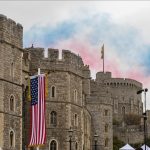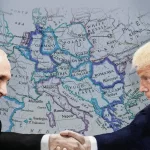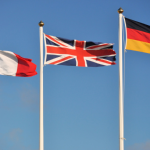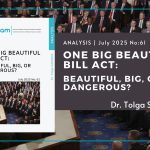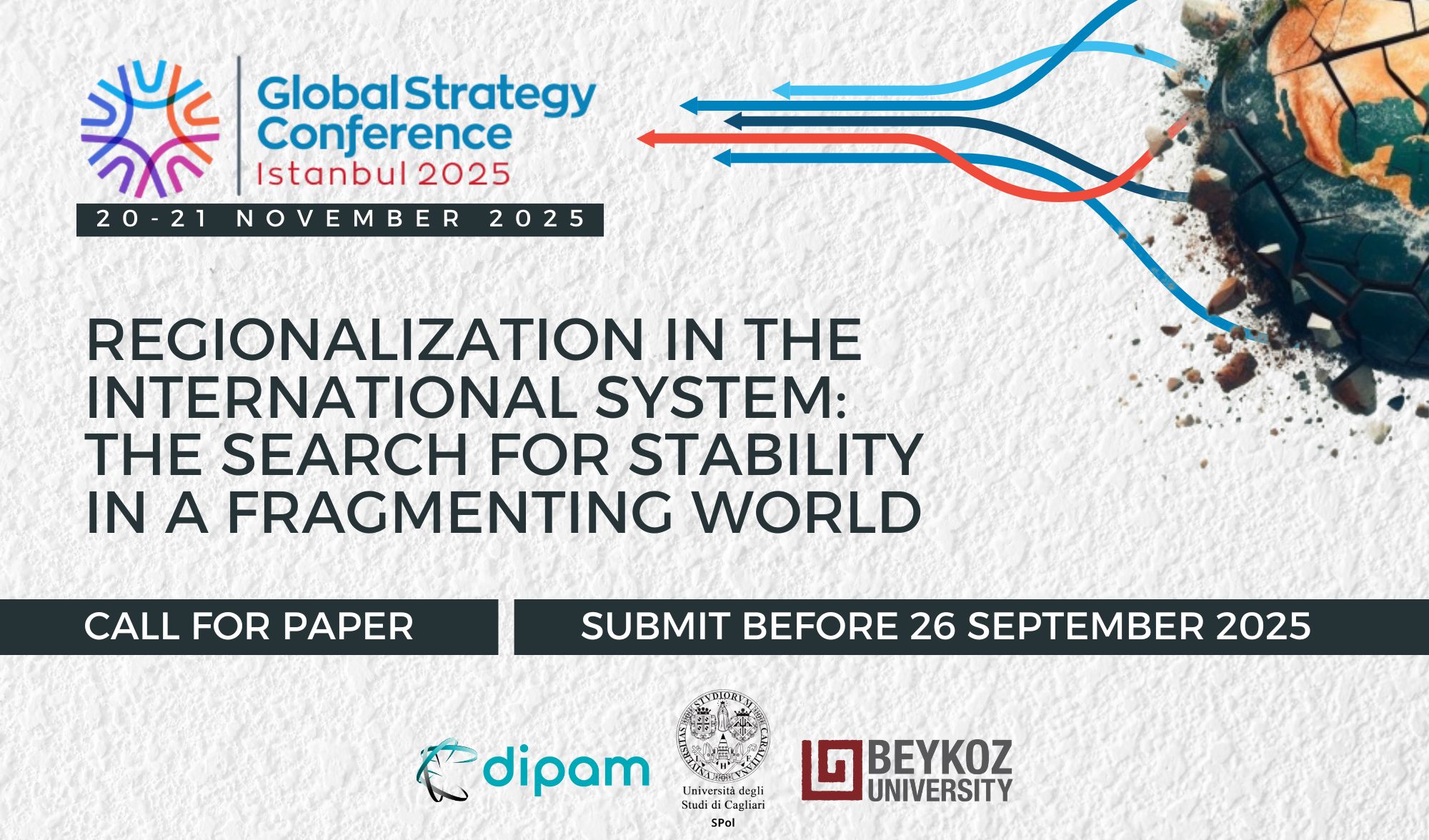Israel stands out as a unique case in the global nuclear landscape. Although it is widely known that Israel possesses nuclear weapons, the country neither confirms nor denies the existence of these weapons, implementing a policy of uncertainty known as the “policy of opacity.”
According to the Stockholm International Peace Research Institute (SIPRI)’s 2024 estimates, Israel has between 80 and 90 warheads in its arsenal, with approximately 200 more in stockpiles ready for production. [1] Additionally, it is known that Israel possesses between 750 and 1,110 kilograms of plutonium, sufficient to produce between 187 and 277 nuclear weapons.[2]
According to SIPRI, these nuclear warheads are capable of being deployed on Israel’s F-15, F-16, and F-35 fighter jets, as well as approximately 50 ground-launched Jericho II and III missiles, and around 20 Popeye Turbo cruise missiles launched from German-made Dolphin-class submarines, with a range of up to 4,500 kilometers.
It is estimated that Israel spent approximately US$1.2 billion in 2022 to build and maintain its nuclear capabilities. [3] Without official recognition, there is little diplomatic pressure regarding legal accountability, international inspections, and the disclosure or reduction of weapons.
Nuclear Program and Dimona Facility
Israel’s nuclear program has been an open secret since 1986, when Mordehay Vanunu, a technician at the Dimona Facility, exposed the facility. Vanunu provided photographic evidence and detailed testimony to The Sunday Times, confirming what many suspected but no one could prove.
In the 1950s, Gamal Abdel Nasser’s regime in Egypt was thought to be a threat to France’s colonial policies in the region. The French government hoped to maintain stability in its colonies in Egypt and regain control of the Suez Canal, which Nasser had nationalized. As part of their support for Israel, they planned to build a nuclear facility in the Negev Desert, approximately 70 kilometers from the Egyptian border.
By the end of the 1950s, there were 2,500 French citizens living in Dimona, but all efforts were carried out under a thick veil of secrecy. Left in the dark by both Israel and France, the Americans flew U2 spy planes over Dimona to find out what was going on. Construction on the site began in 1958, but US intelligence confirmed that Dimona was a nuclear facility in December 1960. The Israelis admitted to having a reactor but claimed it was for purely peaceful purposes. Israel still does not have a nuclear power plant, but it is said that this large facility is used for various research purposes, from agriculture to health.
Israel refused to allow visits by the International Atomic Energy Agency (IAEA) after the facility was revealed. However, in the early 1960s, former US President John F. Kennedy demanded that Israel allow American inspectors to visit. American physicists were sent to Dimona, but the visits were repeatedly postponed, and the physicists were not allowed to bring their own equipment or collect samples. It even emerged that before each American visit, the Israelis had concealed the underground facility by building fake walls around the elevator that descended six floors.
As American inspectors sent to Dimona uncovered more evidence of Israel’s weapons program, the US’s role shifted from that of an unwittingly deceived actor to that of an accomplice. In 1968, Richard Helms, Director of the US Central Intelligence Agency (CIA), told President Lyndon B. Johnson that Israel had indeed succeeded in producing nuclear weapons and that its air force was conducting drills to deploy them. However, the Nuclear Non-Proliferation Treaty (NPT) had just been drafted, and if news spread that a country claiming not to possess nuclear weapons had secretly built its own bomb, the treaty would become a dead letter, with many countries, especially Arab nations, refusing to sign it—a significant risk for the US administration.
According to the claim, in 1969, US President Richard Nixon and then-Israeli Prime Minister Golda Meir signed a secret agreement. Under this agreement, Israel would keep its nuclear program secret and not conduct nuclear tests. The US, in turn, would turn a blind eye to Israel’s nuclear weapons and not insist on the signing of the NPT.
Support Given to Israel
On September 22, 1979, a US satellite named Vela 6911 detected a typical double flash from a nuclear weapon test off the coast of South Africa. It was suspected that this was a secret Israeli nuclear test conducted in violation of the Limited Test Ban Treaty, possibly in collaboration with apartheid-era South Africa. The incident has never been confirmed, but it has not been disproved either.
Israel had nuclear technology but no uranium. South Africa had uranium but lacked technical expertise. The regional policies of both states necessitated nuclear power. In 1962, South Africa sent 10 tons of uranium to Israel. By 1965, this flow was formalized through an agreement that evaded international scrutiny. For 10 years, South Africa helped Israel quietly accumulate 500 tons of uranium. In return, Pretoria gained access to Israel’s nuclear knowledge. South Africa, which had openly supported Israel, later announced that it had halted its nuclear activities and ended its support.
Among the countries that secretly sold or turned a blind eye to the sale of materials and expertise necessary for Israel to produce nuclear warheads are those that today lead the most determined campaign against nuclear proliferation: the US, France, Germany, the UK, and even Norway.
Western governments generally adhered to a “policy of opacity,” avoiding discussion of the entire issue. However, former US President Barack Obama was the leader who most openly revealed this information, stating, “About half a century ago, Israel acquired nuclear weapons capability, but it did so in a way that no other state with nuclear weapons has done before or since.” [4]
The primary reason for the continued lack of transparency in both Tel Aviv and Washington is likely the concern that officially disclosing this information could jeopardize the foundation of the US-Israel understanding and bring new nuclear issues to the forefront in other regions. Additionally, the official disclosure of Israel’s illegal and unregulated nuclear activities would undermine the status of the five nuclear powers recognized by the NPT.
This article has been published by Anadolu Agency (in Turkish) on July 01, 2025.


